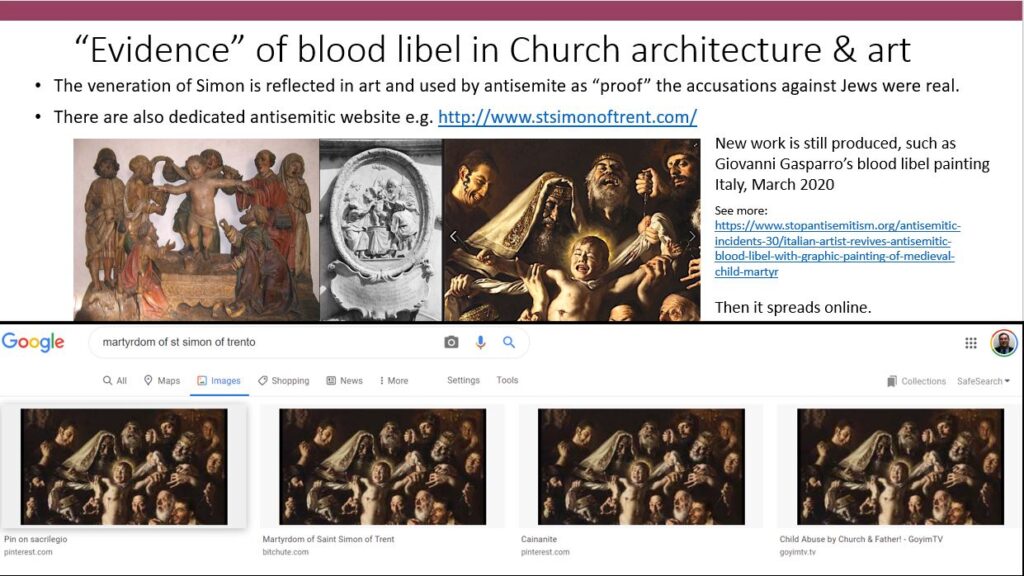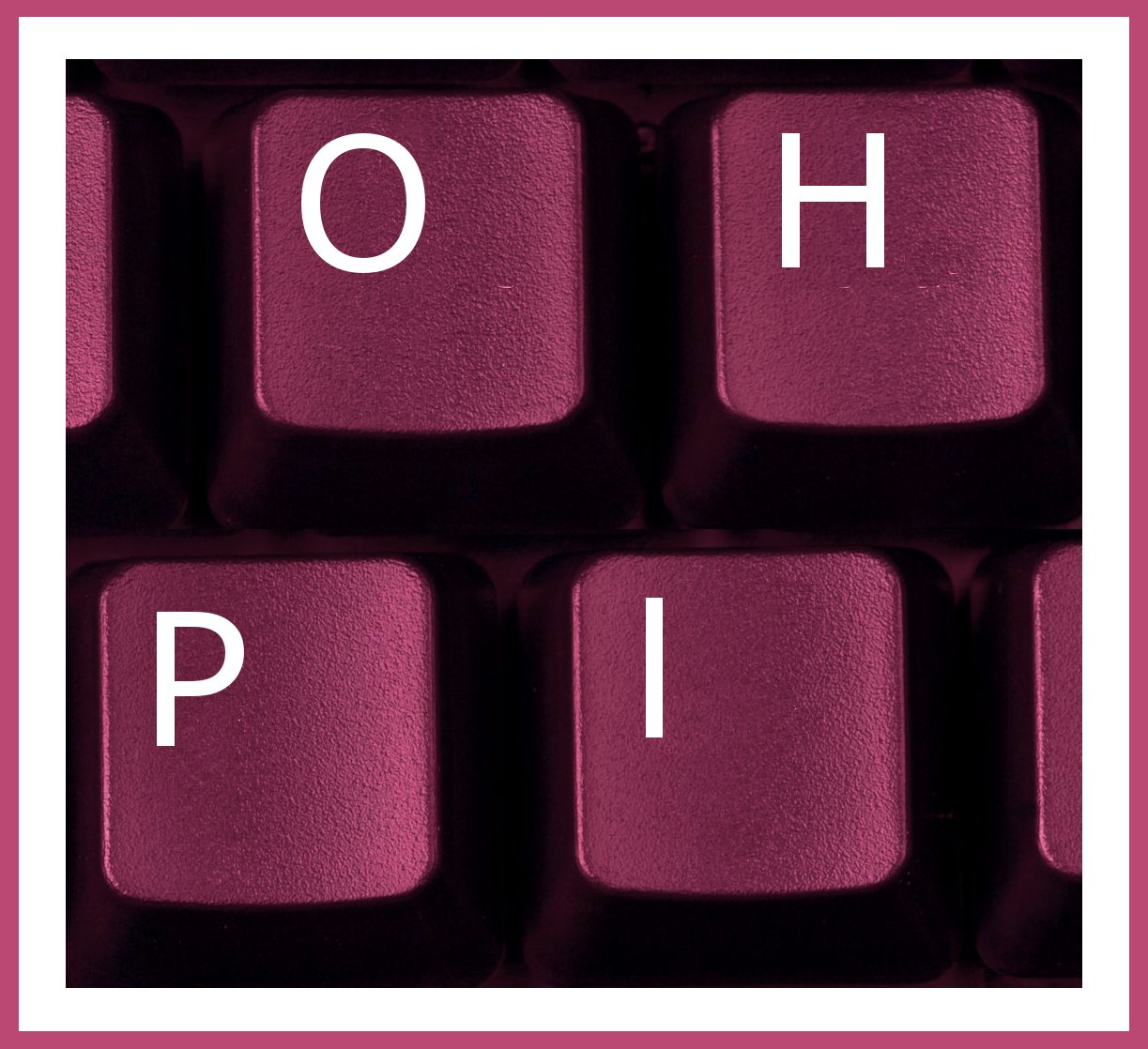Our CEO, Dr Andre Oboler, presented to the Italian Government’s conference on “Online Antisemitism and Hate Conspiracy in Internet Time” on November 18th. The presentation explains antisemitism 2.0 as it was, and where it is now in 2020.
The conference by co-organised by Italy’s National Coordinator for the Fight Against Antisemitism, the National Office Against Racial Discrimination, the Union of Italian Jewish Communities and the Center of Contemporary Jewish Documentation.
A video of the presentation is below, while the introduction is in Italian the presentation itself is in English.
Some of the key points raised
On Antisemitism 2.0 as it started…
- The threat of antisemitism 2.0 was the creation of an online culture where antisemitism was social acceptable, which in turn lowered resistance to antisemitic hate speech in society. It also allowed hate networks to draw people in and grow.
- At the hearing before the Italian Parliament’s sub-committee on antisemitism in 2010 I explained, “the danger is not so much that people might read content inspired by antisemitism, but rather that they may be induced to accept it as a valid point of view, a fact of life, or something with which one may or may not agree, but not something whose dissemination one should oppose. This is where the risk lies. Some people will feel affected by it and will want to do something against antisemitism, but others will remain passive and consider it normal, humdrum, legitimate. And this gives rise to a culture in which hatred, racism and antisocial behaviour are able to spread, posing huge risks to law and order and to security”
- Antisemitism was a meme long before Richard Dawkins coined the term. It is a cultural idea that shift and morphs as it spreads. It is the archetype of a hate conspiracy. Blood libels were spread through carvings and paintings hundreds of years ago. This is still happening today, Giovanni Gasparro’s blood libel painting in March 2020 in Italy is itself now spreading online through a range of mainstream and dedicated antisemitic sites.

On Antisemitism 2.0 today…
- QAnon is the new replacement for the AltRight, now it too is increasingly pushed off mainstream platforms
- Antisemites work to get around AI and human moderators in new ways. They seek to draw people from the mainstream platforms into their fringe platforms.
- Holocaust denial is a key part of the problem, just last week I saw Twitter used to host and share entire libraries of Holocaust denial propaganda videos… on complaining the poster could just limit the visibility to people who followed them. That is not a good enough solution. Not in light of the efforts to draw people in.
- Those combating antisemitism are increasingly targeted – both institutionally and personally. There is a need for more support for institutions and individuals. Care must be taken when speaking out so as not to become a target.
- Counter speech alone is not a solution, we need monitoring, we need regulation.
- Transparency reports can’t be reliably done by the platforms themselves. It comes with a bias that reinforced biases that already exist in policies. It pressures civil society to conform to platforms interpretations or risk losing trusted status. That prevent improvements in better recognising the antisemitism that is falling through the gaps.
Conclusion
The nature of online antisemitism is changing to match, and remain ahead, of our approaches to tackle it. On mainstream platforms efforts to tackle antisemitism are much better than they were. When it comes to the internet as a whole, this is a problem we must work to manage as content relocates to new places.
